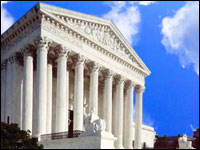
At the oral argument in Bowman v. Monsanto, Chief Justice Roberts cut off Bowman’s attorney seconds into his delivery, questioning his thesis, which undermined the purposes of patent law. “Why in the world would anybody spend any money to try to improve the seed if as soon as they sold the first one anybody could grow more and have as many of those seeds as they want?”
Indeed, why would they? Why spend many tens or hundreds of millions to develop and commercialize a genetically engineered, herbicide-resistant plant product if the patent laws would not protect that investment? Yet that is the thrust of Bowman’s contention. He sought to use the patented Monsanto product without paying for it. Under Bowman’s argument, Monsanto should just throw its patented seeds into the wind.
Open and Shut
Bowman, along with most soybean farmers, bought Monsanto’s patented soybean seeds for a first planting. Farmers often risk a second planting in a season. Bowman, wanting to hedge his bets, bought much cheaper commodity seed from a silo containing an admixture of the byproduct seeds from all the farmers in the region.
All of the farmers, including Bowman, were contractually restricted from replanting seeds generated from the purchased crop seeds. Commodity seed is sold for animal and human consumption, as well as other non-replanting uses.
Bowman figured, correctly, that the commodity seed would contain the Monsanto replanting-restricted product, and he grew that crop and harvested the seeds of the commodity crop, which he planted the following year and thereafter. In fact, the evidence shows he selectively harvested the Monsanto plants for their herbicide resistance — the patented feature. Monsanto became aware of this subterfuge and eventually sued him.
Bowman tried to subvert the patent laws, side-step Monsanto’s patent rights, and do things his way with another’s property. When caught, he cried injustice.
Soon after Justice Robert spoke, Justice Breyer stated unequivocally that Bowman’s actions constituted direct patent infringement. “You know, there are certain things that the law prohibits. What it prohibits here is making a copy of the patented invention. And that is what [Bowman] did … and that’s the end of it.”
Justice Breyer is to be commended for his patent acumen and approval of the patent system. In previous oral arguments and opinions, he seemed to be overly critical of patents, making his favorable comments here, albeit in a different context, a surprise.
Equals Under the Law
Monsanto’s attorney, Seth Waxman, delivered a powerful argument against the assertion of patent exhaustion — that is, Bowman’s contention that the seed sale gave him total control over all progeny, regardless of the Monsanto patents.
As noted by Justice Roberts, if the sale of the very first soybean seed were to eliminate all patent rights to all future generations, that would vitiate Monsanto’s patents, as well as patents and future R&D in many other technologies, such as DNA, cell lines, software, and nanotech, all involving self-replication. The Justices were not at all keen on Bowman’s sweeping interpretation.
Patents are in the news a lot, but this unnecessary case should have been weeded out long ago. Legitimate small inventors should bring suit under the patent laws against infringers, and likewise, large companies should sue others — even little guys — who are deliberately infringing. Bowman’s antics should not be tolerated. This is not a David vs. Goliath case.
Had Bowman gathered used DVDs that were earmarked for destruction and instead made copies, packaged and sold them for a profit, the case would be cleaner. The copyright laws are geared to address such duplications. The patent laws forbid others from making, using or selling the patented invention without authorization.
Here, the argument is not patent exhaustion but out-and-out patent infringement on Bowman’s part, for making and using the invention, as noted by Justice Breyer. Bowman’s attempt to undermine the Monsanto seed patents by artifice should be seen for what it is: an industrial theft.
None of the Justices seemed to side with Bowman, a known contrarian. They even seemed amused by the fiasco scenario presented to them. Expect a unanimous decision in a few months.

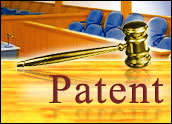
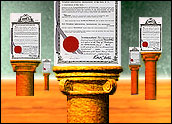
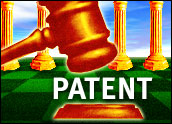
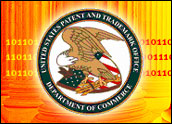
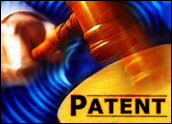

































Social Media
See all Social Media